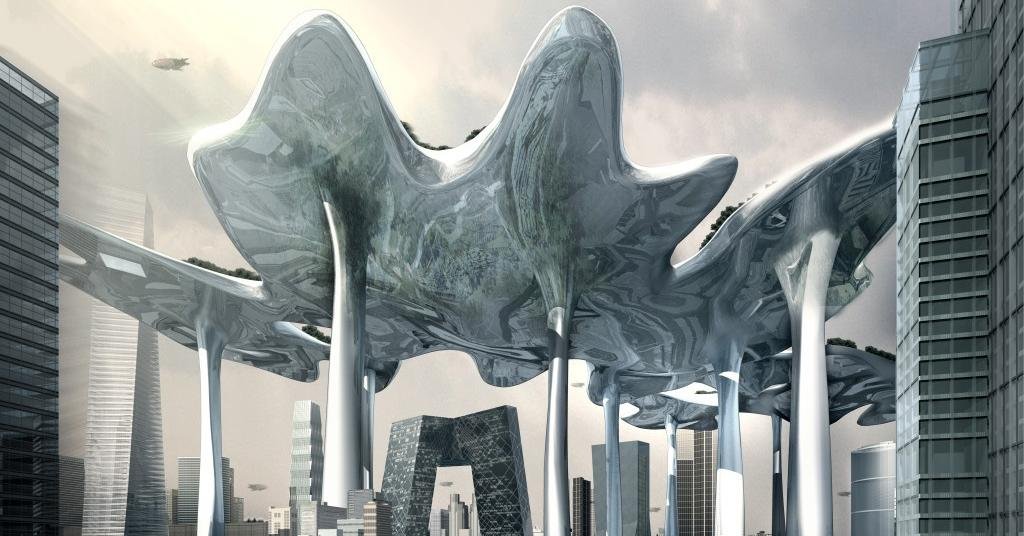Are you curious to know what is the concept of shanshui? You have come to the right place as I am going to tell you everything about the concept of shanshui in a very simple explanation. Without further discussion let’s begin to know what is the concept of shanshui?
What Is The Concept Of Shanshui?
In the rich tapestry of Chinese culture and aesthetics, the concept of “Shanshui” (山水) holds a special place. Translating to “mountain-water,” Shanshui is a profound artistic and philosophical tradition that encapsulates the harmonious relationship between humanity and nature. Let’s embark on a journey to explore the essence of Shanshui and understand its enduring influence on Chinese art, philosophy, and the broader cultural landscape.
The Roots Of Shanshui:
Shanshui finds its roots in ancient Chinese philosophy, particularly Daoism and Confucianism. Daoist principles emphasize the interconnectedness of all things and the importance of living in harmony with nature. Confucianism, while more focused on social harmony, also recognizes the significance of nature as a source of inspiration and moral lessons.
Key Elements Of Shanshui:
- Mountains and Water: At its core, Shanshui art features depictions of mountains and water. Mountains symbolize stability, endurance, and loftiness, while water represents fluidity, adaptability, and the flowing nature of life. Together, they create a balanced and harmonious composition.
- Spiritual Connotations: Shanshui is not merely about depicting landscapes; it carries profound spiritual connotations. The artists aim to convey a sense of tranquility, balance, and a deep connection with the natural world. The viewer is invited to contemplate the beauty of the scenery and reflect on the transience of life.
- Ink Wash Painting: Shanshui is most commonly associated with traditional Chinese ink wash painting. Artists use minimalistic brushstrokes and varying shades of ink to create evocative landscapes that capture the essence of nature rather than a literal representation. The emphasis is on expressing the artist’s emotional and spiritual response to the scenery.
Philosophical Underpinnings:
- Unity of Opposites: Shanshui embodies the Daoist concept of the unity of opposites. The contrast between mountains and water, light and dark, and stillness and movement represents the dynamic balance inherent in the natural world.
- Transcendence of Self: Shanshui encourages viewers to transcend the physical realm and connect with something larger than themselves. The landscapes serve as a metaphor for the journey of life, prompting contemplation on the cyclical nature of existence and the pursuit of spiritual enlightenment.
Enduring Influence:
- Artistic Legacy: Shanshui has left an indelible mark on Chinese art, influencing generations of painters. It has also inspired artists beyond China, fostering a global appreciation for the beauty of nature as a profound source of artistic inspiration.
- Cultural Continuity: Beyond art, the Shanshui philosophy has permeated various aspects of Chinese culture, from poetry and literature to garden design and architecture. It reflects a deep-seated respect for nature and the belief that human well-being is intricately connected to the health of the environment.
Conclusion:
In the contemplative strokes of ink wash painting and the philosophical depths of Daoist and Confucian thought, Shanshui emerges as a timeless expression of the profound connection between humanity and nature. It invites us to step into a world where mountains and water converge in perfect harmony, encouraging us to reflect on our place in the grand tapestry of existence. Shanshui stands as a testament to the enduring power of art to transcend time and culture, fostering a sense of unity and reverence for the natural world.
FAQ
What Is The Concept Of Shanshui Class 11th?
CBSE, JEE, NEET, CUET
Shanshui literally means ‘mountain water’ that represents ‘landscape’. Mountain is Yang, that is stable, warm, dry and reaches vertically towards the heaven. While the water is Yin that is fluid, moist, cool and horizontally resting on earth.
What Is The Concept Of Shanshui Vedantu?
Symbolically, the mountain stands vertically, which refers to its connection to heaven as it can serve to be the staircase to heaven whereas the horizontal water represents the earth. Therefore, Shanshui may symbolize the divine connection between the earth and heaven which is also a spiritual one.
What Is The Concept Of Century Class 11th English?
A century is a 100-year era. centuries are counted sequentially. The term century is derived from the Latin word centum, which means “one hundred.” Century is abbreviated as “c”.
What Is The Shanshui Style Of Painting?
‘mountain-water’; pronounced [ʂán ʂwèɪ]) refers to a style of traditional Chinese painting that involves or depicts scenery or natural landscapes, using a brush and ink rather than more conventional paints. Mountains, rivers and waterfalls are common subjects of shan shui paintings.
I Have Covered All The Following Queries And Topics In The Above Article
What Is The Concept Of Shanshui
What Is The Concept Of Shanshui Class 11
What Is The Concept Of Shanshui
What is the concept of shanshui class 11th






